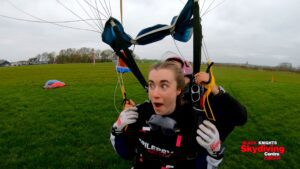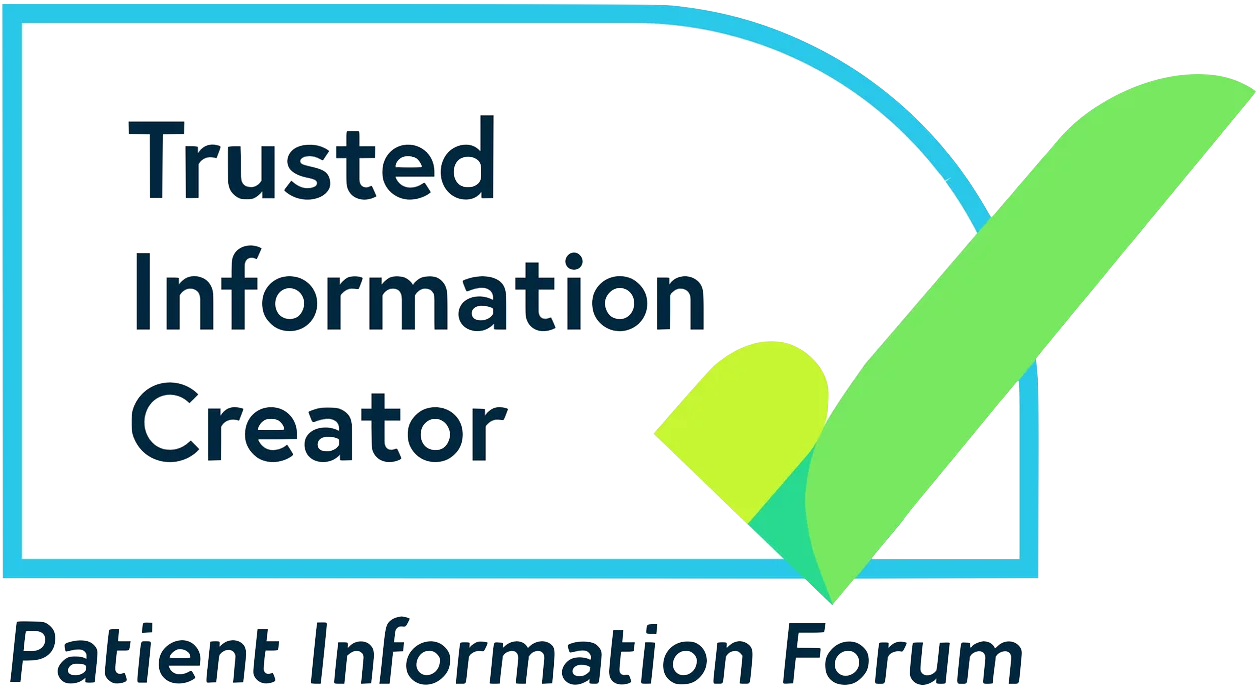What would you like to find out about today?
Who gets juvenile absence epilepsy?
Around 2 to 3 in 100 children with epilepsy that starts in childhood or adolescence have JAE. It usually starts between the ages of 9 and 13, but it may start slightly later than this.
JAE is part of a group of related epilepsy syndromes called ‘idiopathic generalised epilepsies (IGE)’ or ‘genetic generalised epilepsies (GGE)’, which all have a strong genetic link. The other syndromes in this group include:
- Childhood absence epilepsy (CAE)
- Juvenile myoclonic epilepsy (JME)
- Epilepsy with generalised tonic-clonic seizures alone (GTCA)
JAE is less common than CAE (which affects younger children between 4 and 10 years of age). Some children may develop JAE after being diagnosed with CAE first.
Children who get this syndrome don’t usually have any development or learning problems before the seizures start. Some children may have previously had febrile seizures (seizures triggered by a high temperature). Sometimes a family member may have epilepsy, such as CAE or JME.
Symptoms of juvenile absence epilepsy
Children with JAE have a type of seizure called typical absence seizures. These tend to happen less often than every day, but your child may get a cluster of a few in one day. The absences happen much less often than in CAE, but they last for longer.
In a typical absence seizure, your child may:
- Suddenly lose awareness
- Stop what they’re doing and stare blankly into space
- Not respond in the way you would expect when you talk to them or touch them
- Make slight, repetitive movements (‘automatisms’) with their mouth or eyes, such as eyelid flickering or fluttering, lip smacking or chewing movements
- Sometimes make small jerking movements (known as myoclonic jerks)
A seizure usually lasts between 5 and 30 seconds, although occasionally it may be longer. The seizure usually stops as suddenly as it starts, and your child may go straight back to what they were doing afterwards.
Your child is more likely to have an absence seizure if they are tired or unwell. Some children may be sensitive to flashing lights (photosensitive epilepsy). This is much more common in juvenile myoclonic epilepsy (JME). Around 1 in 5 children may develop serious episodes called ‘absence status epilepticus’. This is an emergency situation when a child has much longer absence seizures, which last over 30 minutes – or even hours or rarely, days. Absence status epilepticus is a type of non-convulsive status epilepticus (NCSE). Taking an epilepsy medicine called carbamazepine can trigger absence status epilepticus in children with JAE.
Around 9 out of every 10 children with JAE also get generalised tonic-clonic seizures. In this type of seizure, your child may fall unconscious and make jerking movements with their arms and legs. Your child is more likely to have a tonic-clonic seizure just after they’ve woken up. Generalised tonic-clonic seizures usually begin after your child starts getting absence seizures, but sometimes your child may get them before the absences.
Diagnosing juvenile absence epilepsy
Your child should see a specialist doctor called a paediatrician for an assessment. They’ll want to know exactly what happens during your child’s seizures. It’s also helpful to show the doctor a video of the episodes if you have one.
Sometimes, your child’s doctor may ask them to ‘over-breathe’ (hyperventilate) for a few minutes. This means breathing in and out very deeply or very quickly. This may trigger an absence seizure in some children with JAE.
Your child will need a test called an EEG (electroencephalogram) to help confirm a diagnosis. An EEG looks at electrical activity in the brain. If your child has JAE, the EEG test will usually show a pattern called ‘generalised spike and wave activity’ during a seizure.
Rarely, the paediatrician will recommend that they have a brain scan, called an MRI (magnetic resonance imaging). This is mainly to rule out any problems with the structure of the brain. The MRI scan will be normal in nearly all children with JAE. They won’t usually need any other tests, such as blood tests.
Treatments for juvenile absence epilepsy
Epilepsy medicines usually work well for JAE. Your child’s doctor may prescribe one or more of the following epilepsy medicines:
- Sodium valproate
- Lamotrigine
- Ethosuximide – this medicine isn’t often used on its own for JAE as it doesn’t stop the tonic-clonic seizures
- Levetiracetam – this is not always useful in stopping the absence seizures. It is better at stopping the tonic-clonic seizures.
- Zonisamide
Sodium valproate can harm an unborn baby if taken during pregnancy. For this reason, if your child is able to get pregnant, or may do when they’re older, your child’s paediatrician will usually suggest an alternative medicine. If they do recommend treatment with sodium valproate, they will discuss the risks and benefits with you and your child first.
Your child is likely to need to continue taking epilepsy medicines for a number of years and possibly for the rest of their life. If the medicine your child is taking stops controlling their seizures, your doctor may need to change the dose or switch to another medicine.
Information about treatments for children can be found on the Medicines for Children website.
Outlook of juvenile absence epilepsy
JAE is normally something your child will have for life. Around 8 in 10 people with JAE gain complete control over their seizures with epilepsy medicines. But if they stop taking it, the seizures usually come back (‘recur’). It’s possible that the medicines work better in children who have no, or very few, generalised tonic-clonic seizures.
Around 1 in 5 children diagnosed with JAE will go on to develop juvenile myoclonic epilepsy. This means they will start having frequent myoclonic seizures. These are sudden, brief jerks that affect their arms, legs or whole body. Children who do go on to have juvenile myoclonic epilepsy are much more likely to have photosensitivity (seizures triggered by flickering or flashing lights).
JAE may be linked with learning difficulties and problems with attention and language in some children. This doesn’t always seem to be related to how well their seizures are controlled. Your child’s doctor should be able to give you advice about getting support in these areas if needed. We have more information on how epilepsy can affect learning and behaviour.
Support
Contact – for families with disabled children
Freephone helpline: 0808 808 3555
Email: helpline@contact.org.uk





